
by Thea Elle | Jun 30, 2025 | Luxury Accessories, Luxury Industrial Complex
Style Companion Louis Vuitton at Walmart: The End of Luxury as We Knew It by Thea Elle | June 30, 2025 | Luxury Industrial Complex It’s official: luxury has left the building. It’s now sitting quietly in your Walmart shopping cart between a Crock-Pot and a value pack...
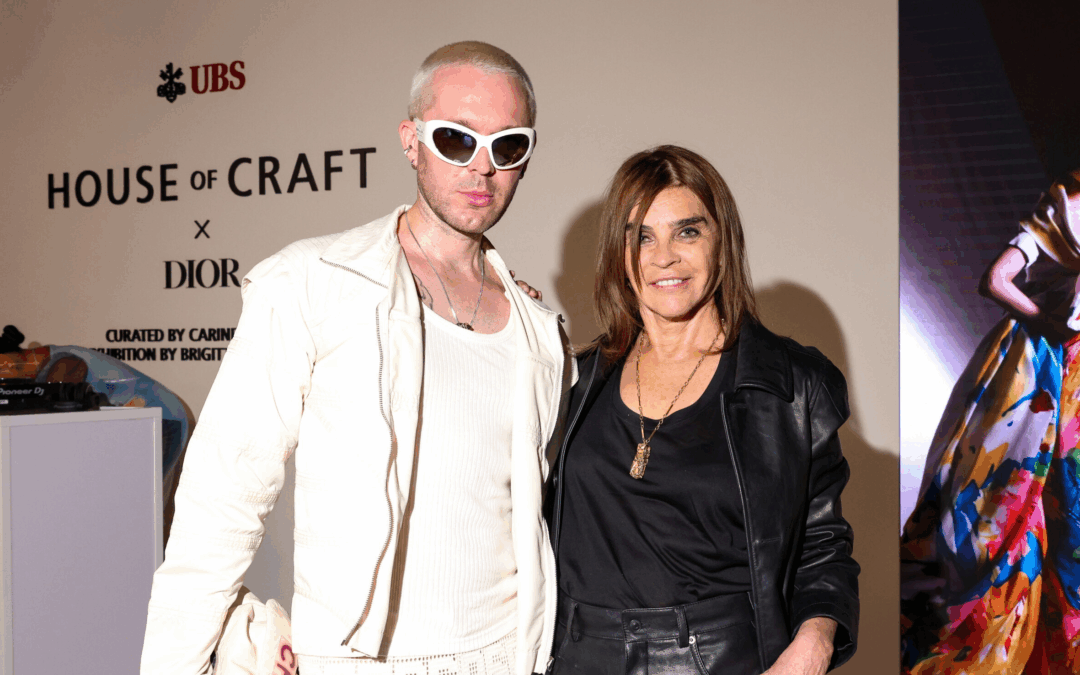
by Thea Elle | Jun 13, 2025 | Luxury Accessories, Luxury Industrial Complex
Style Companion Dior Goes Long on Luxury in the Finance World by Thea Elle | June 13, 2025 | Luxury Industrial Complex Wall Street, better known for muted suits and market volatility, briefly swapped spreadsheets for silk. The power center of global finance was...
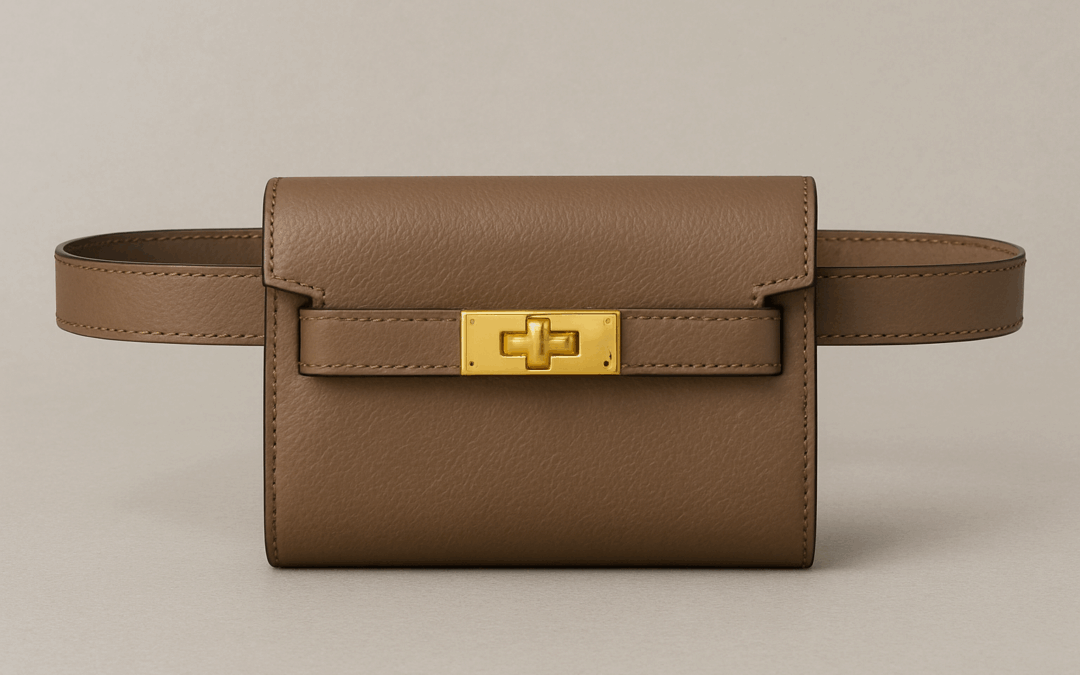
by Thea Elle | Jun 10, 2025 | Luxury Accessories, Luxury Industrial Complex
Style Companion Why the Replica KELLY 18 Belt Is the Ultimate Power Move in Quiet Luxury by Thea Elle | June 10, 2025 | Style Guide Let’s face it 2025 is not the year for playing fashion safe. While luxury houses are clinging to their exclusivity like it’s still 2005,...
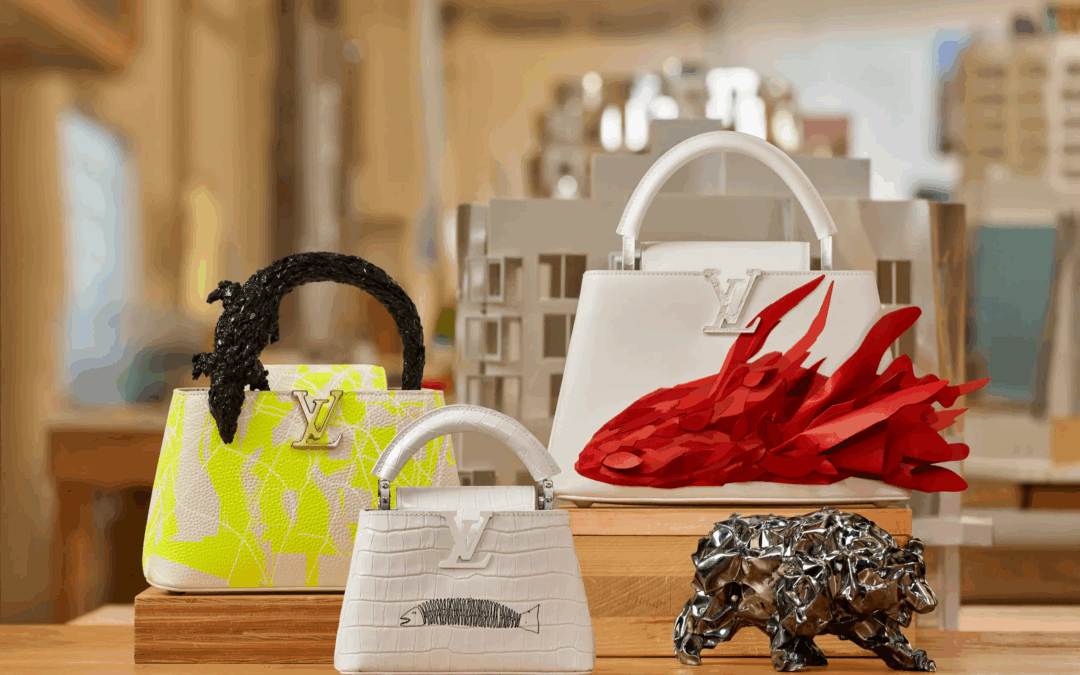
by Thea Elle | Jun 5, 2025 | Luxury Accessories, Luxury Industrial Complex
Style Companion When Designer Bags Spark Revolutions: Mongolia’s Handbag Protests and the Replica Renaissance by Thea Elle | June 5, 2025 | Luxury Industrial Complex Fashion and politics rarely collide this hard. In 2025, Mongolia, a landlocked nation wedged between...
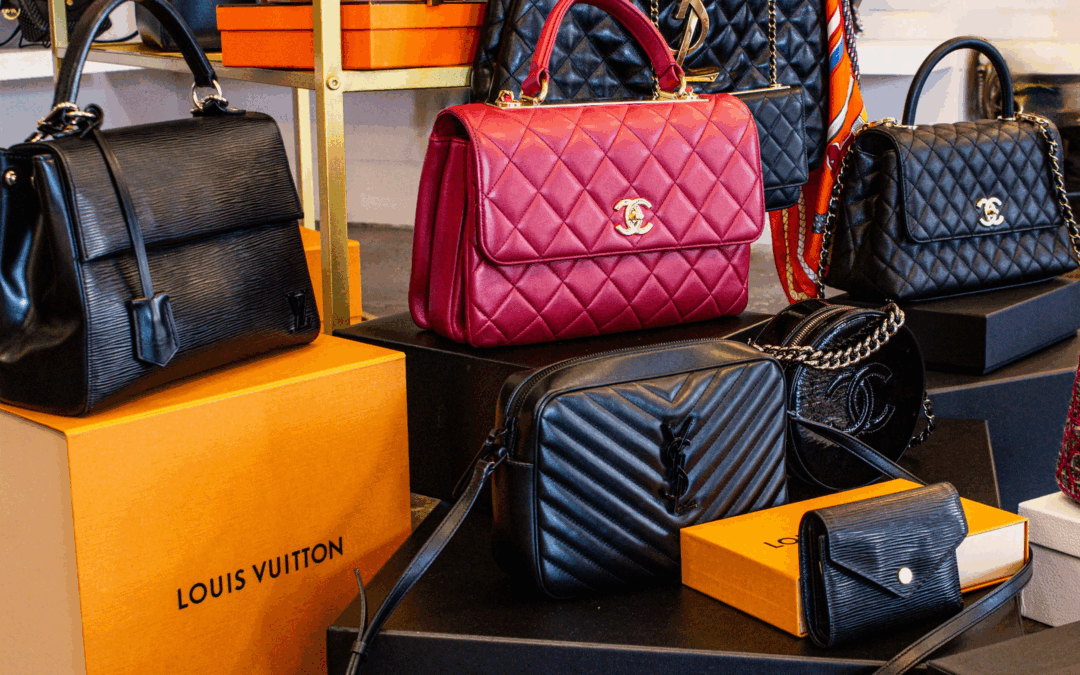
by Thea Elle | May 23, 2025 | Luxury Industrial Complex
Style Companion The Sign Thieves: How Luxury Brands Hijack Meaning and Sell It Back to Us by Thea Elle | May 21, 2025 | Luxury Industrial Complex Luxury used to be about excellence—materials, process, heritage. But in the modern fashion world, something else has taken...
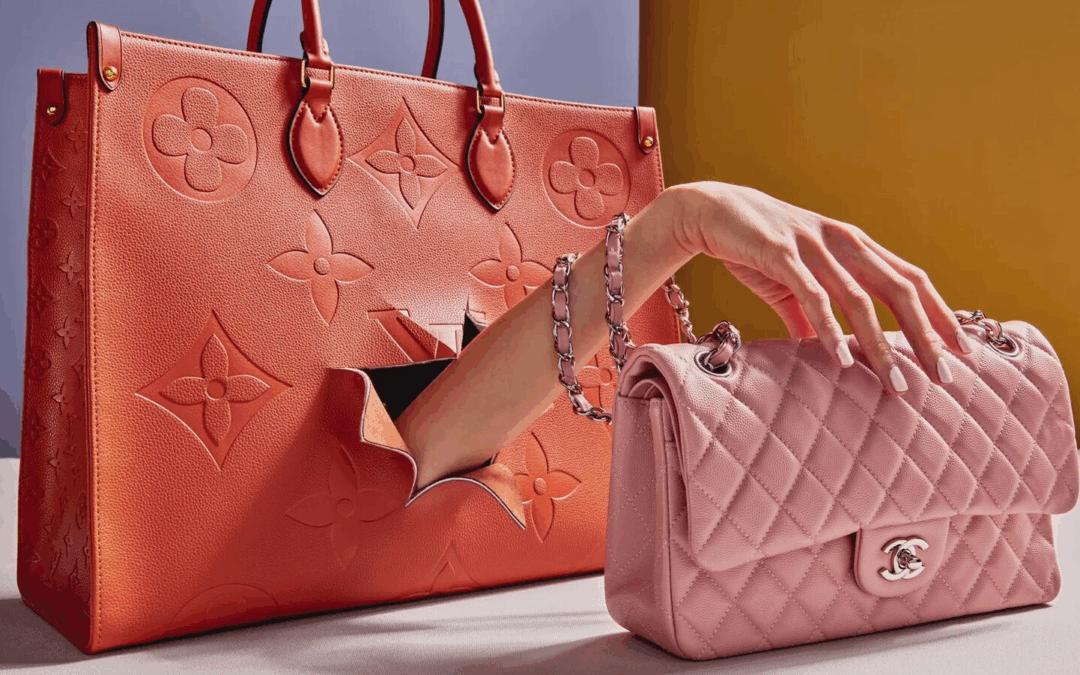
by Thea Elle | May 9, 2025 | Luxury Industrial Complex
Style Companion Luxury Lies and the Leather Line I Couldn’t Launch by Thea Elle | May 9, 2025 | Style Guide I once believed that style honesty and craftsmanship were enough to build a brand. That belief didn’t collapse in flames but faded slowly and quietly as I...







